Transitioning your pet to a new food is a crucial process that requires careful planning and patience. Whether prompted by a new dietary recommendation, a preference for a different flavor, or a necessity due to health concerns, ensuring a smooth transition is essential for your pet’s well-being. A sudden diet change can lead to digestive upset, allergies, or refusal to eat. This guide offers a comprehensive approach to transitioning your pet to a new food, making the process as smooth as possible for both you and your furry friend. https://truepetslove.com/product/onesaill-dog-shaver/
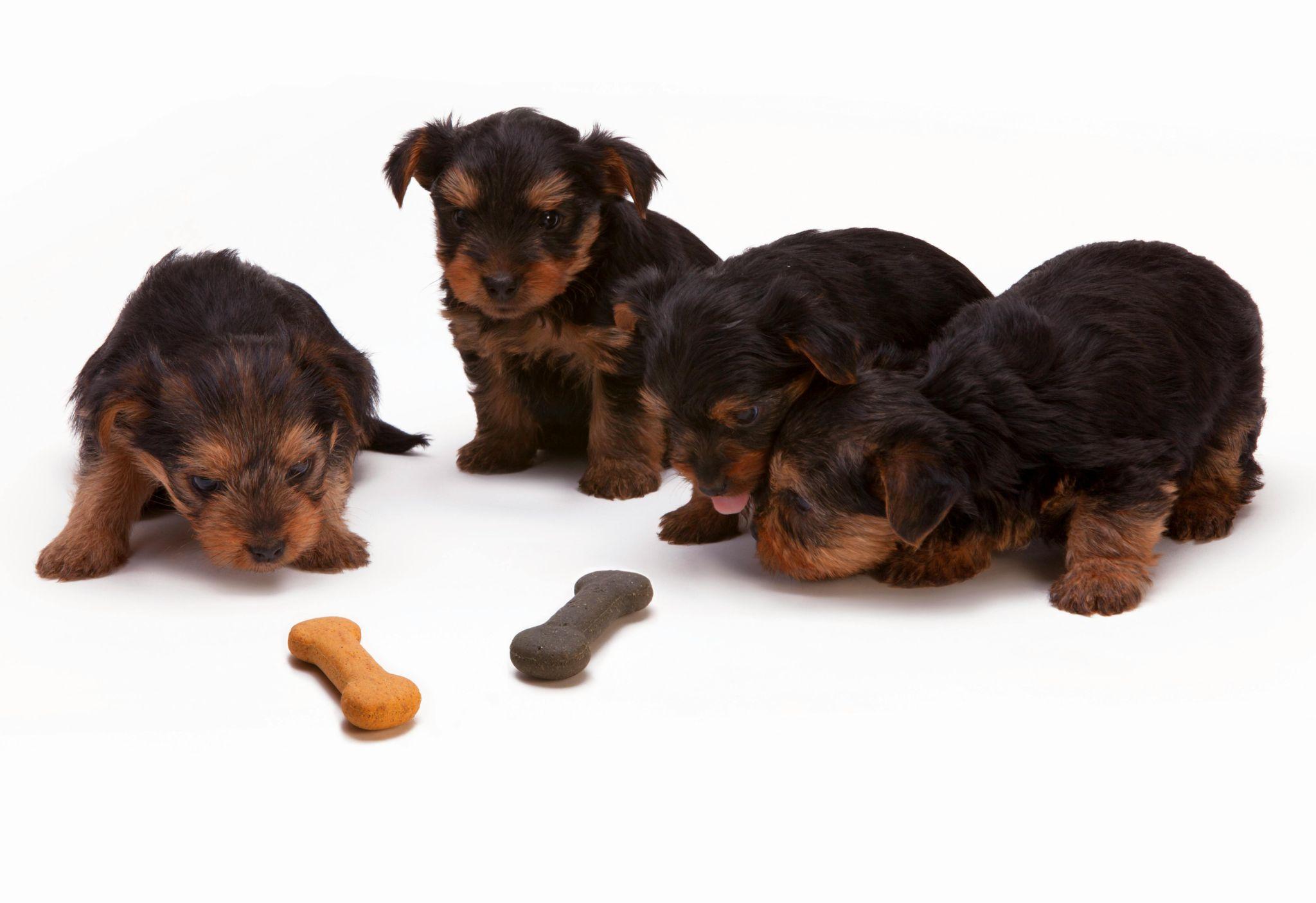
Why Transitioning Pet Food Matters
The Importance of Gradual Changes
Introducing a new food to your pet requires a gradual transition. Abrupt changes can disrupt your pet’s digestive system, potentially causing diarrhea, vomiting, or a loss of appetite. By transitioning slowly, you allow your pet’s digestive system to adjust to the new food without discomfort.
Understanding the Impact of Diet Changes
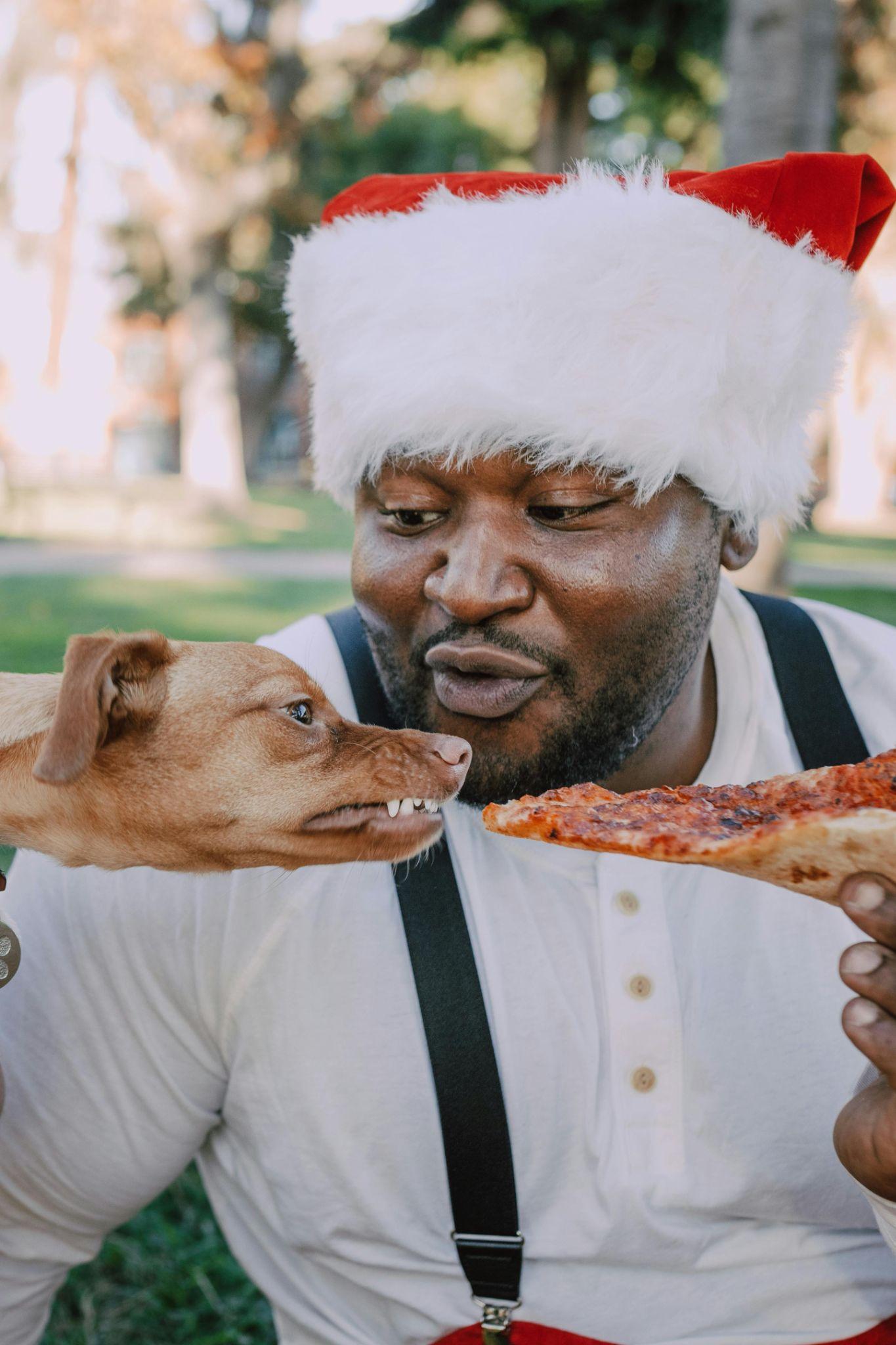
Changing your pet’s diet can affect their overall health. A new food might have different nutritional content, flavors, or ingredients, which could impact digestion and health. Monitoring your pet during this transition ensures that the new food is both suitable and beneficial for their specific needs. https://truepetslove.com/how-to-set-up-a-pet-first-aid-kit/
Steps for a Smooth Pet Food Transition
1. Choose the Right New Food
Evaluate Nutritional Needs
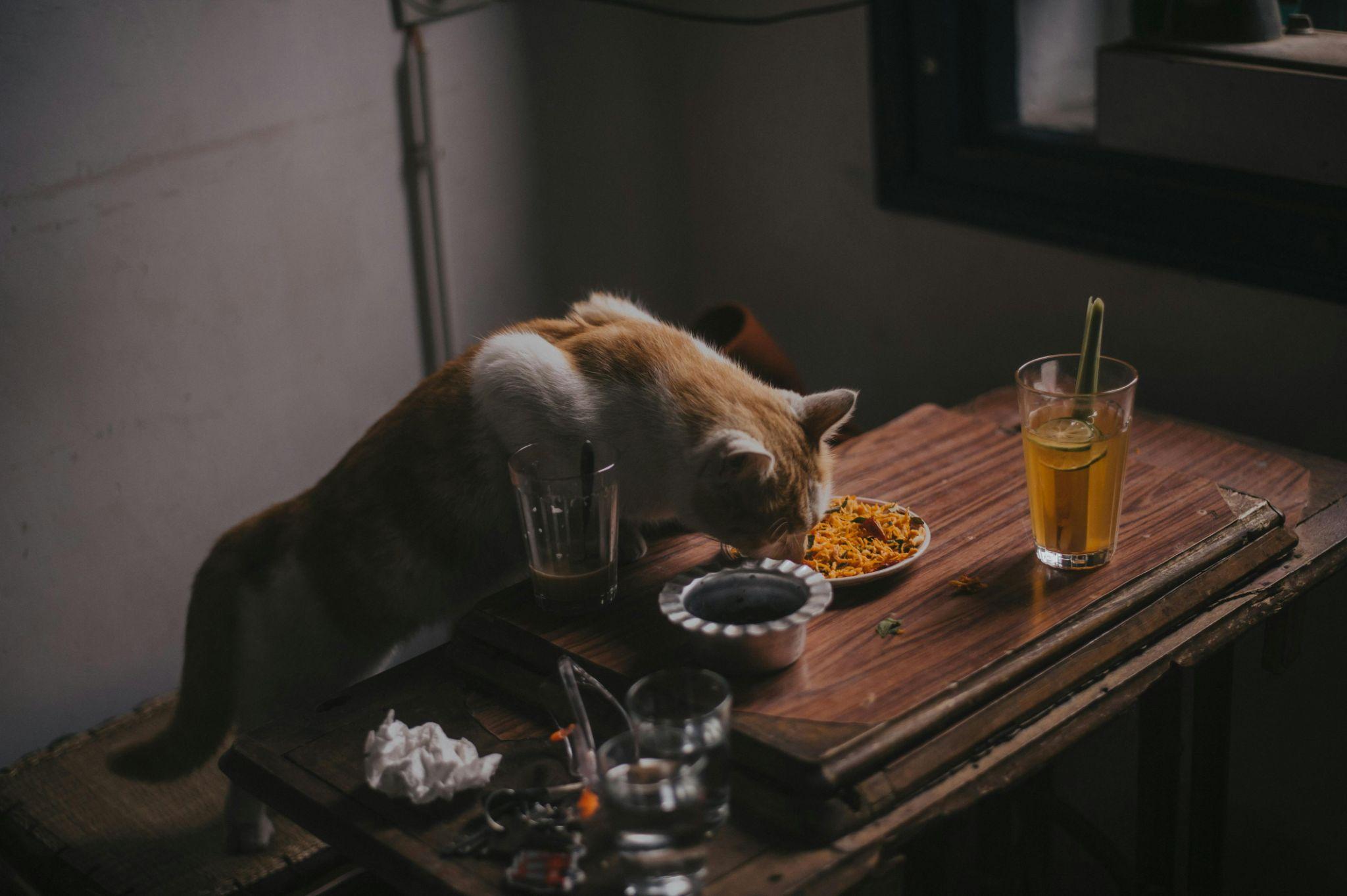
Before selecting a new food, assess your pet’s nutritional requirements based on age, weight, activity level, and any specific health concerns. Consulting your veterinarian can provide valuable insights into which food best meets your pet’s needs.
Read Ingredient Labels
Examine the ingredient list of the new food to ensure it meets quality standards and contains appropriate nutrients. Look for recognizable ingredients and avoid those with excessive fillers or artificial additives.
2. Plan a Gradual Transition
Start with a Small Amount

Begin by mixing a small amount of the new food with your pet’s current food. This initial blend should be around 25% new food and 75% old food. This gradual introduction allows your pet’s digestive system to adjust slowly.
Increase New Food Gradually
Over 7-10 days, gradually increase the proportion of new food while decreasing the old food. Follow this general guideline:
- Days 1-3: 25% new food, 75% old food
- Days 4-6: 50% new food, 50% old food
- Days 7-9: 75% new food, 25% old food
- Day 10 and onwards: 100% new food
Monitor Your Pet’s Response
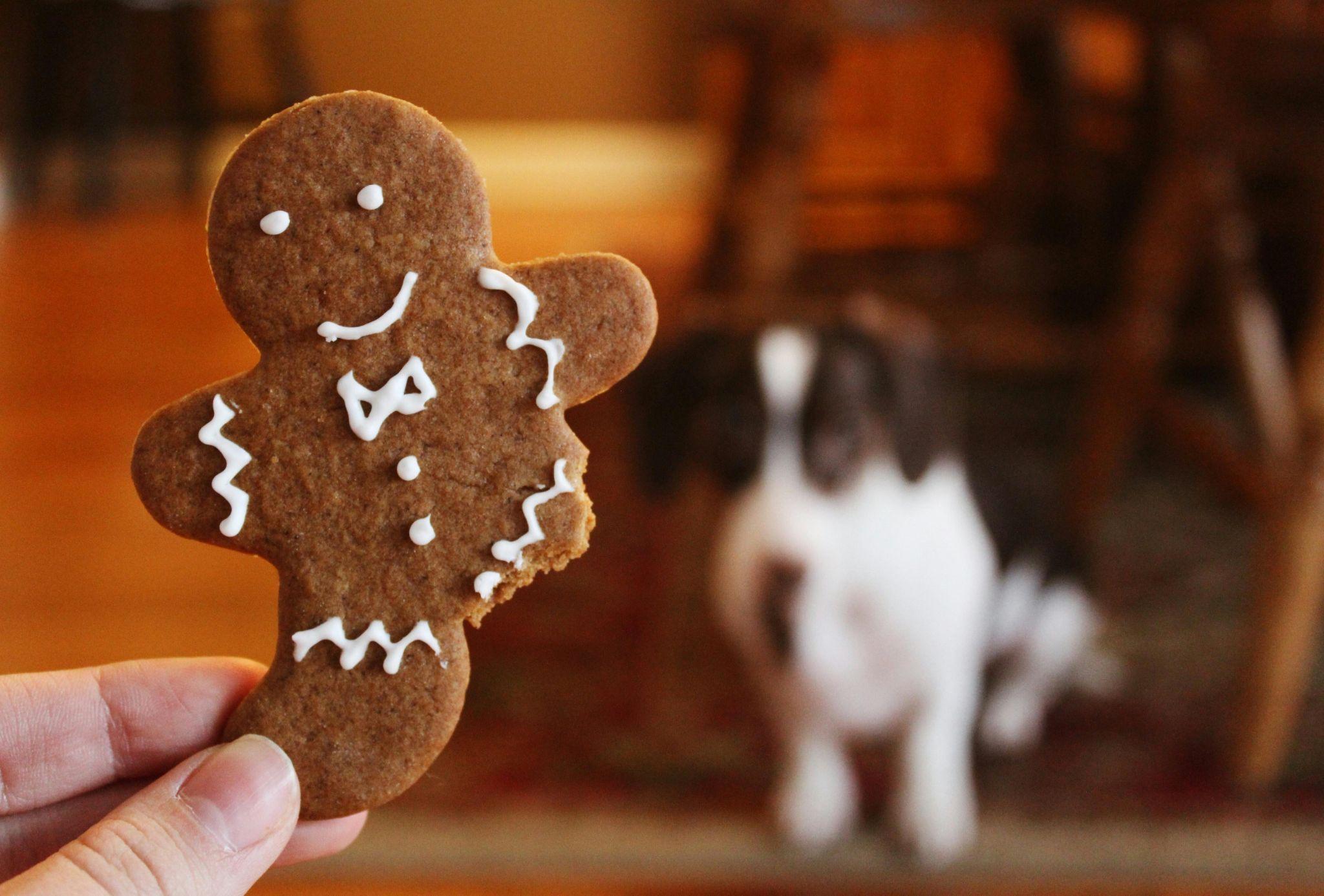
Observe your pet for any signs of digestive upset or adverse reactions during the transition. Common symptoms include changes in stool consistency, vomiting, or decreased appetite. If any issues arise, consult your veterinarian.
3. Maintain Consistency and Patience
Stick to the Transition Schedule
Consistency is key to a successful transition. Stick to the planned schedule and avoid making abrupt changes to help your pet’s digestive system adjust more effectively.
Be Patient
Every pet is different, and some may take longer to adjust to a new food. Patience is crucial during this process. Avoid rushing the transition, as a gradual approach minimizes the risk of digestive issues.

4. Incorporate Positive Reinforcement
Use Treats and Praise
Encourage your pet to accept the new food by using treats and praise. Positive reinforcement makes mealtime more enjoyable and can help your pet embrace the new diet. https://truepetslove.com/
Ensure Adequate Hydration
Ensure that your pet has access to fresh water throughout the transition period. Proper hydration supports digestion and overall health, contributing to a smoother transition.
Common Challenges and Solutions
1. Refusal to Eat the New Food
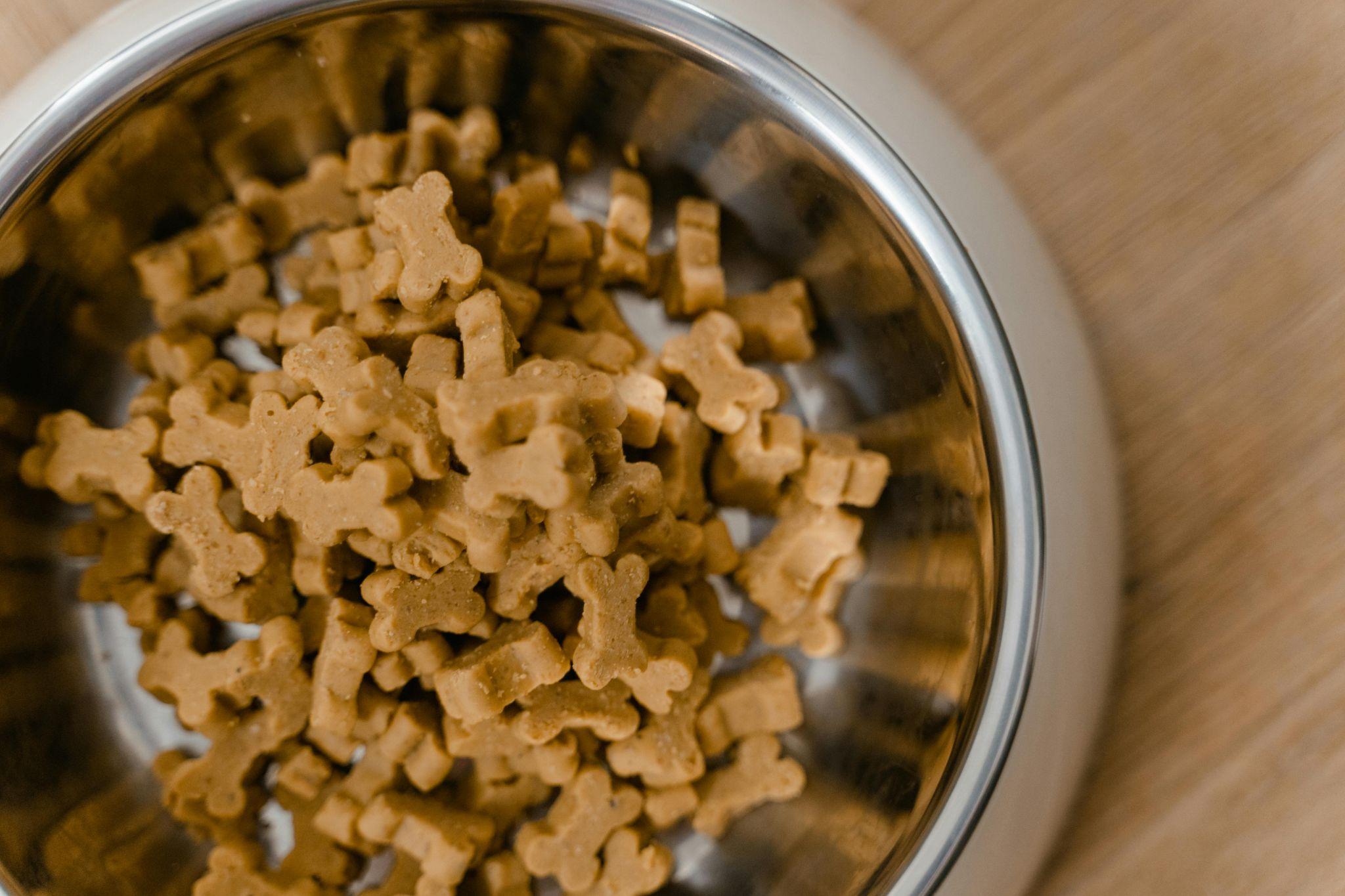
If your pet refuses to eat the new food, consider these solutions:
- Mix with Favorites: Combine the new food with a small amount of your pet’s favorite treat or broth to make it more appealing.
- Warm It Up: Slightly warming the food can enhance its aroma, making it more enticing for your pet.
2. Digestive Upset
If your pet experiences digestive issues, try these steps:
- Slow Down the Transition: Extend the transition period to allow more time for adjustment.
- Consult Your Veterinarian: If problems persist, consult your vet to ensure the new food is suitable and to address any underlying issues.
Transitioning your pet to a new food is a process that demands careful planning and patience. By following a gradual transition plan and monitoring your pet’s response, you can ensure a smooth shift to the new diet. Choose the right food, maintain consistency, and incorporate positive reinforcement to make the process as stress-free as possible. With the right approach, your pet will adjust to their new food and enjoy a healthier, happier diet.
